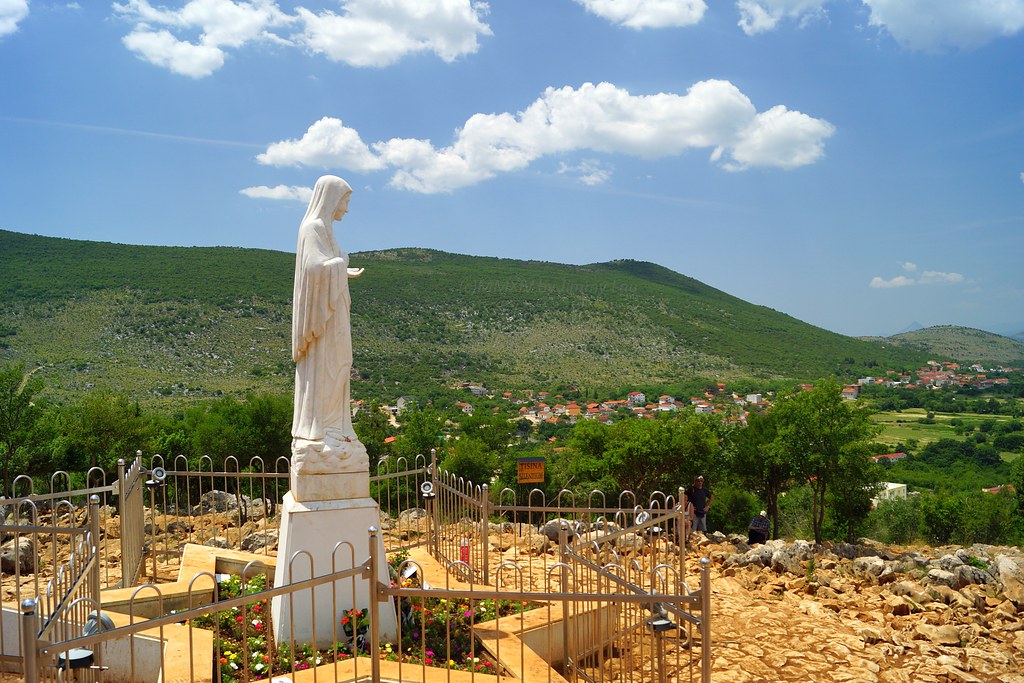| Iron Gate |
Due to its unique geographical position at the Gates of Europe, the Iron Gate Gorge had played significant role during the prehistory in the birth and evaluation of civilizations in Europe and around the Mediterranean. Starting from Golubac settlement, ideal place for those who enjoy sailing thanks to the Danube River width and constant winds blowing here, visiting the magnificent Golubac Fortress built in 14th century, featuring nine impressive towers, you get to the largest penetrating river gorge in Europe. You will be excited to meet the 96,5 km long Danube "Iron Gate" gorge of magnificent beauty with its spectacular Lepenski Vir, Padina and Vlasac Mesolithic Archaeological highlights dating back over 10000 years.
| Golubac Fortress |
In Djerdap Gorge there is one of the largest river depth /82 meters/ while the Danube River in the part by Mali and Veliki Kazan /Small and Large Basins/ is narrowed down to 150 meters. Besides four beautiful gorges, two remarkable canyons featuring breathtaking views from 800 meters cliffs in the Large Basin and three large valleys of the Djerdap National Park, there are over 1000 caverns and caves spread across 150 km of the area. Some 11000 plant species and many diverse animal and fungi species are found in the Djerdap National Park. Miroc Mountain, dominating over the Danube course, and concealing natural wonders and many secrets of nature represents a true paradise for those who love untouched nature, as well as for adventurers, fishermen and hunters. There are large perch and catfish at the Danube river depths, deer, roebuck, chamois, wild boar, rabbits and mallard, thick coniferous and deciduous forests, crystal clear air and the tranquility of the eagle heights.
Hystorical Monuments: Numerous monuments from the period of the Roman Empire
Cultural Monuments: Archaeological site Lepenski Vir, forts: Ram, Golubac and Fetislam
UNESCO Monuments
Cultural sites: Archaeological site Lepenski Vir
Natural beauties: National park Djerdap, Iron Gate george
Natural beauties: National park Djerdap, Iron Gate george
Authentic locations: National park Djerdap, Iron Gate george
Destinations: Veliko Gradište, Golubac, Donji Milanovac, Majdanpek, Kladovo...
Characteristic animal and plant species: many wild animals, birds and plants of National park Djerdap • Typical and authentic festivals and events – especially for the places and destinations on the Danube: Danube day, Sailing cups, ....
•The best for target groups: families / adventurers / 50+ / young people / couples
• Supporting tourist fascinations - nearbyTourist Info centre in Veliko Gradište, Golubac, Donji Milanovac and Kladovo


